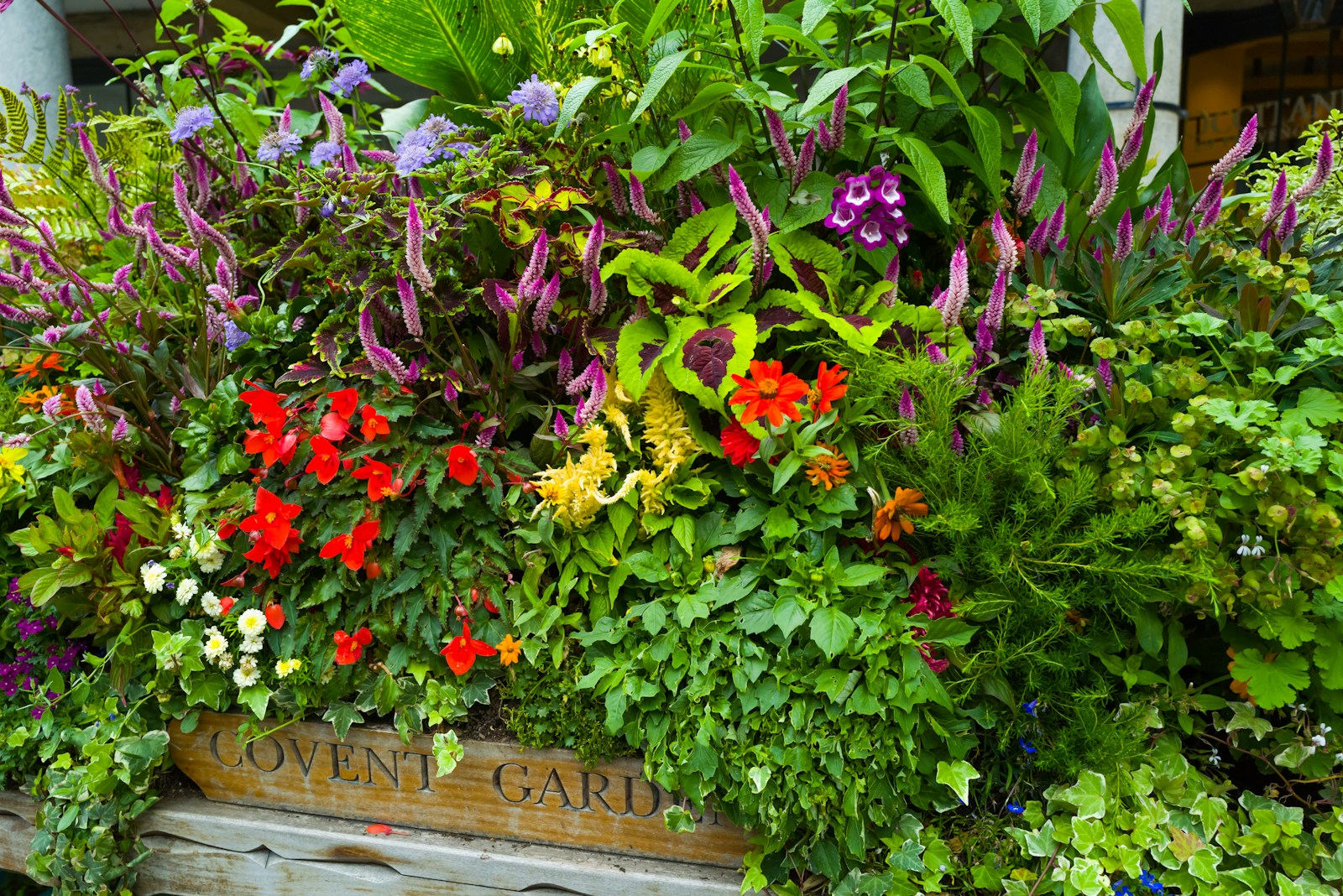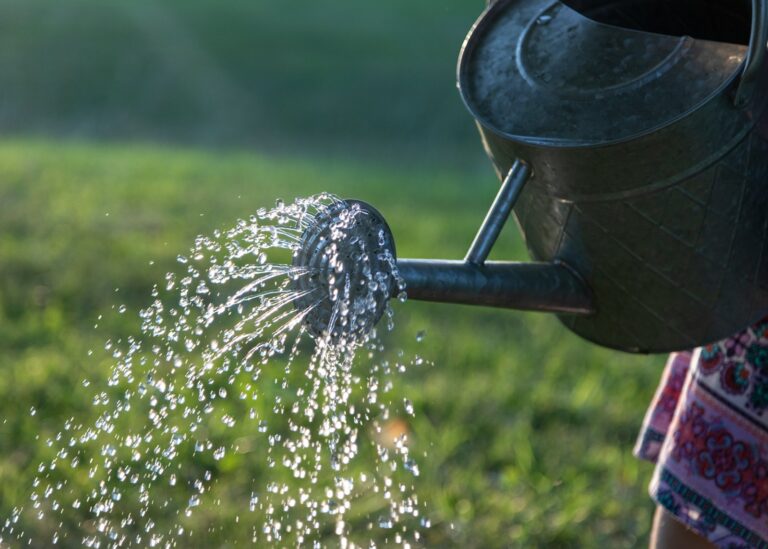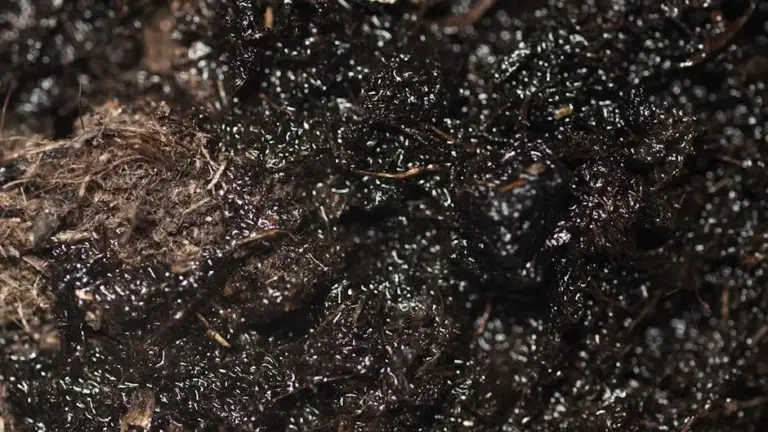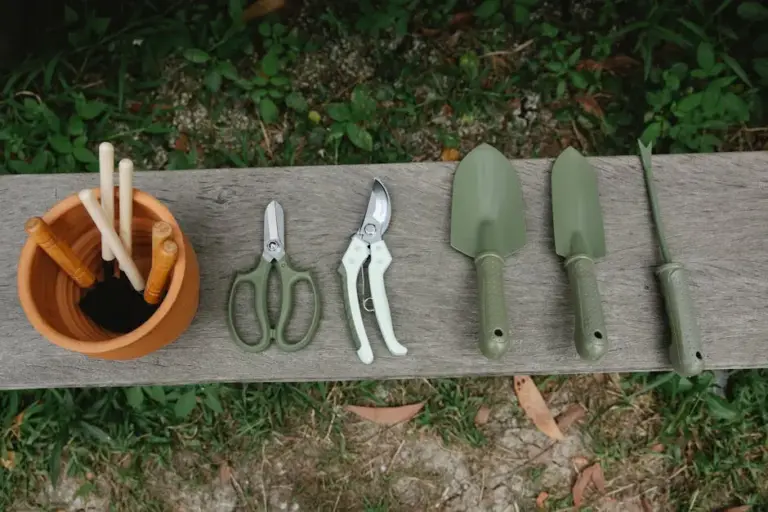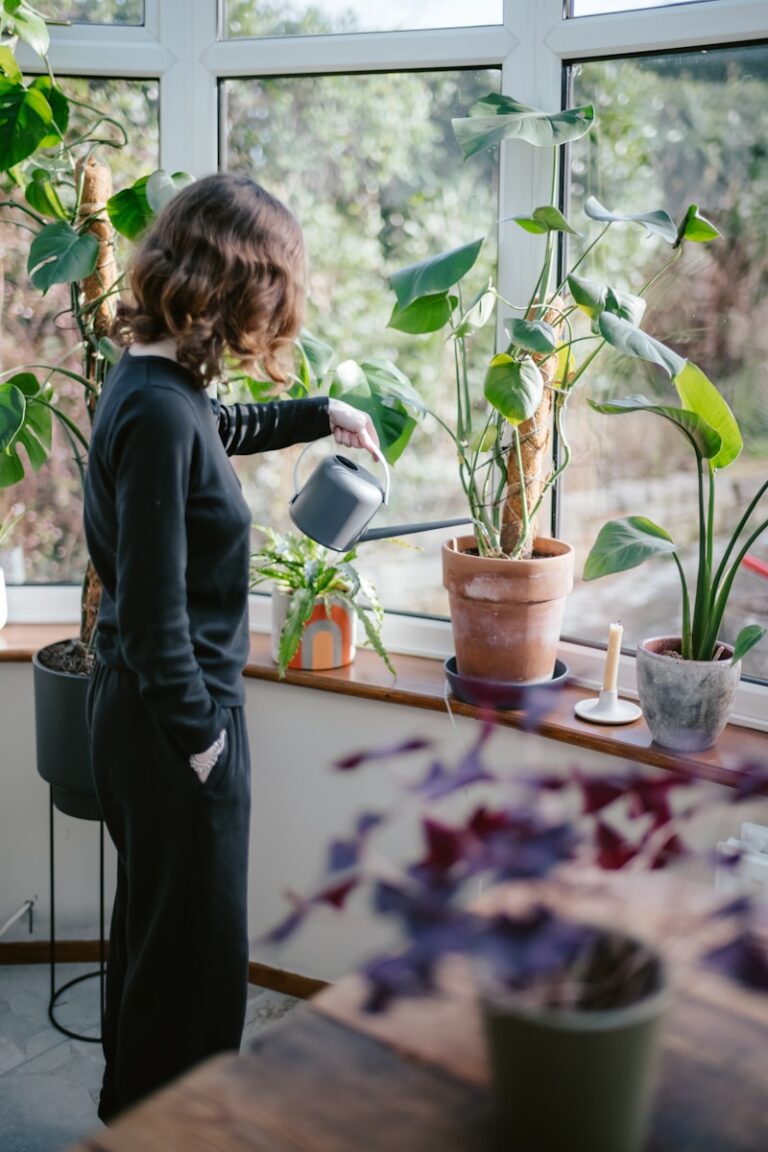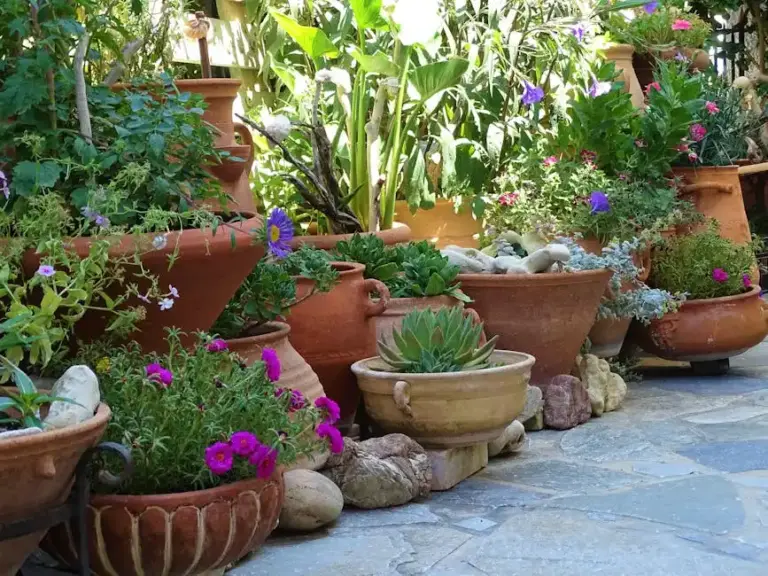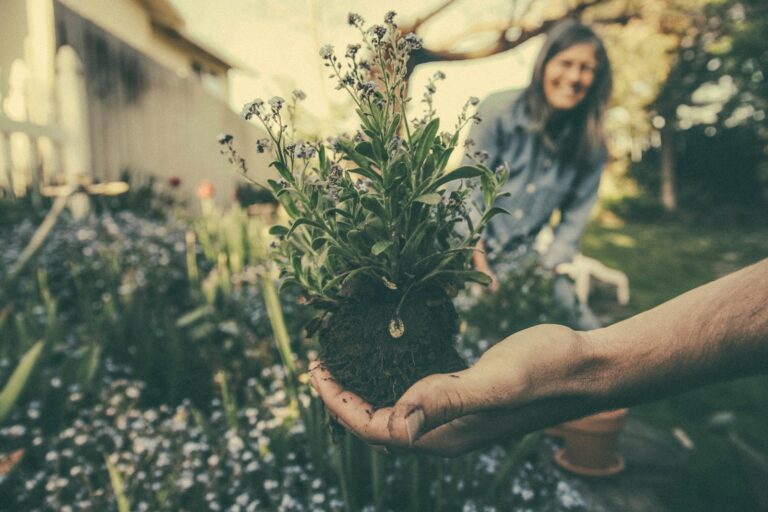What to Plant Indoors Now to Move Outside in Spring for a Beautiful Garden Start
If you’re already dreaming of colorful blooms and fresh veggies, now’s the time to get started indoors. Giving your plants a head start inside means they’ll be stronger and ready to thrive once spring arrives.
Choosing the right plants for indoor sowing can make your garden pop when the weather warms up. Starting seeds indoors also helps you avoid some of the headaches that come from unpredictable early spring weather.
Tomato seedlings
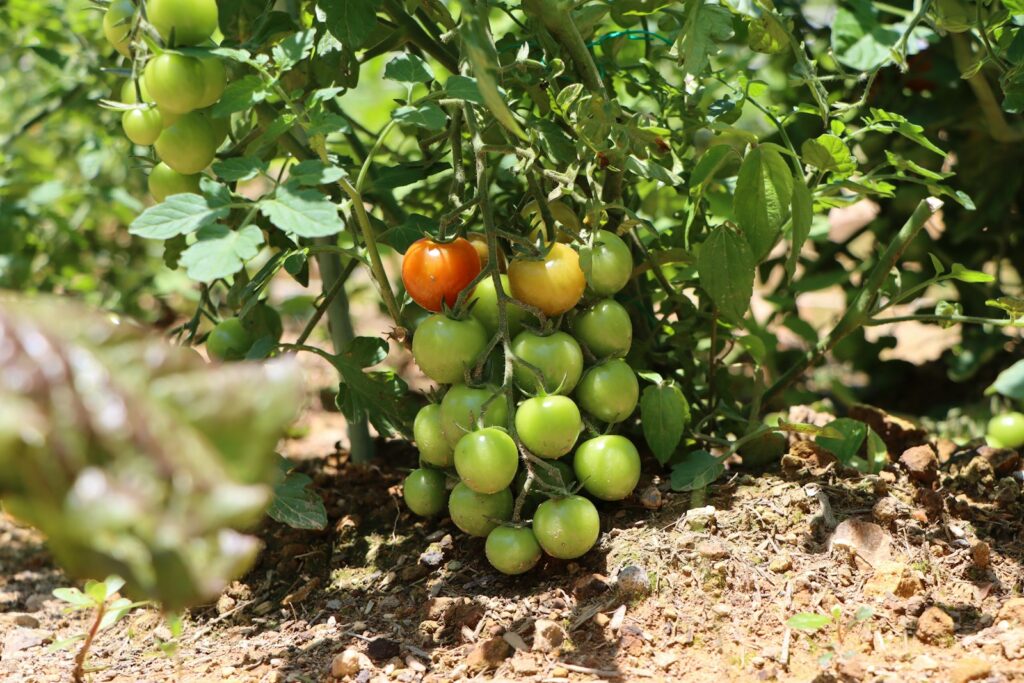
Tomato seeds can be started indoors right about now. This gives your plants a solid foundation before they face outdoor weather.
Use small pots or seed trays with quality seed-starting soil. Place your seedlings in a spot with plenty of light, such as a south-facing window.
Water gently and keep the soil moist but not soggy. When your tomato plants have a few sets of leaves, it’s time to think about moving them outside.
Before transplanting, harden off your tomatoes by gradually exposing them to outdoor conditions. Start with a shaded spot for an hour or two, then increase their outdoor time each day.
This process helps your tomatoes avoid shock from sun, wind, or chilly nights. Once they’re tough enough, transplant them to your garden or containers.
Basil plants

Basil is a favorite for indoor starting and it’s easy to see why. This herb thrives with warmth and good light, making it perfect for a sunny windowsill or under a grow light.
Keep the soil moist but not soggy, and use well-drained soil for best results. Pinch off the top leaves once the plants reach a few inches tall to encourage bushier growth.
After all danger of frost is gone, move your basil outside. Pick a sunny spot with rich, well-drained soil.
Basil grows well in containers or garden beds. If you start it indoors, fertilize lightly every few weeks with a gentle liquid fertilizer.
Bell pepper starts

Bell peppers love a long growing season, so starting seeds indoors 8 to 10 weeks before your last frost is ideal. Use a light, well-draining soil mix and keep temperatures warm, around 70 to 80°F.
Once your seedlings have true leaves, transplant them into bigger pots if needed. Place them in a sunny spot or under grow lights for strong growth.
Prepare your peppers for the outdoors by gradually exposing them to sunlight and fresh air. This helps them adjust and prevents shock.
Marigold flowers
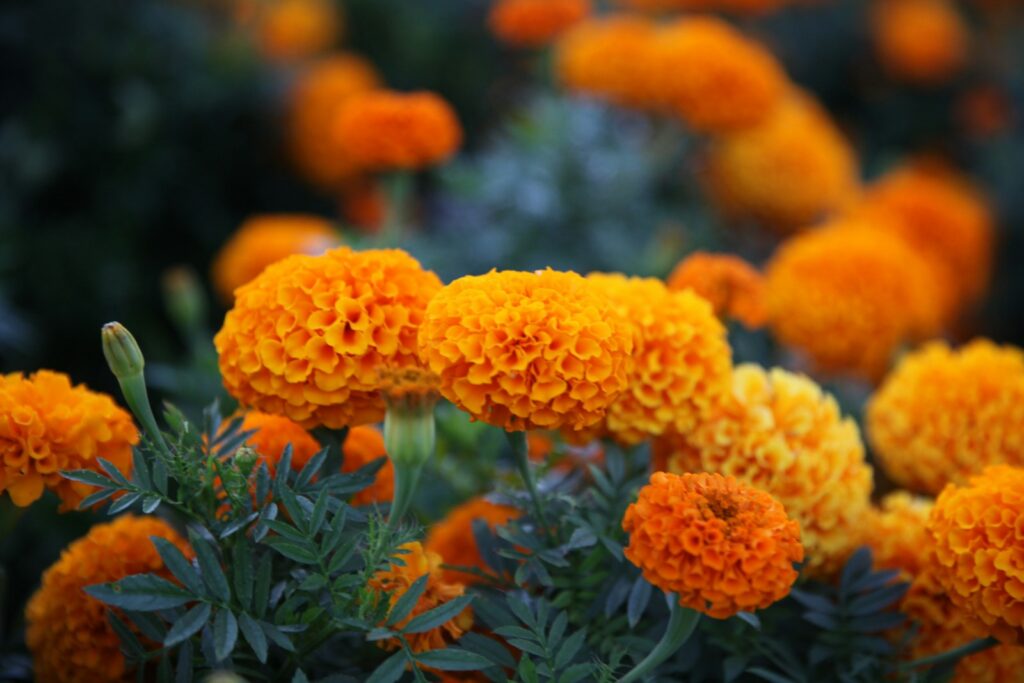
Marigolds are a cheerful addition to any garden and they’re easy to start indoors. Begin about six to eight weeks before your last expected frost.
Dwarf varieties are great for indoor starting since they don’t get too tall. French marigolds offer a range of colors like orange, yellow, and red.
Keep seedlings in a warm, sunny spot with plenty of light. Once frost is no longer a threat, transplant your marigolds outside.
Remember to harden off your plants by slowly introducing them to outdoor conditions. This helps marigolds adjust and keeps them healthy.
Zinnia Seedlings

Zinnias are perfect for adding color to your garden and they’re simple to start indoors. Plant seeds in small pots or trays with well-draining soil.
Keep the soil moist but not soggy and make sure your indoor space stays around 70°F. Provide plenty of light from a sunny window or grow light.
When seedlings have two sets of true leaves, they’re ready for the outdoors. Wait until the temperature stays above 70°F before transplanting.
Zinnias are reliable bloomers and starting them indoors means you get to enjoy their bright flowers all summer.
Cucumber starts
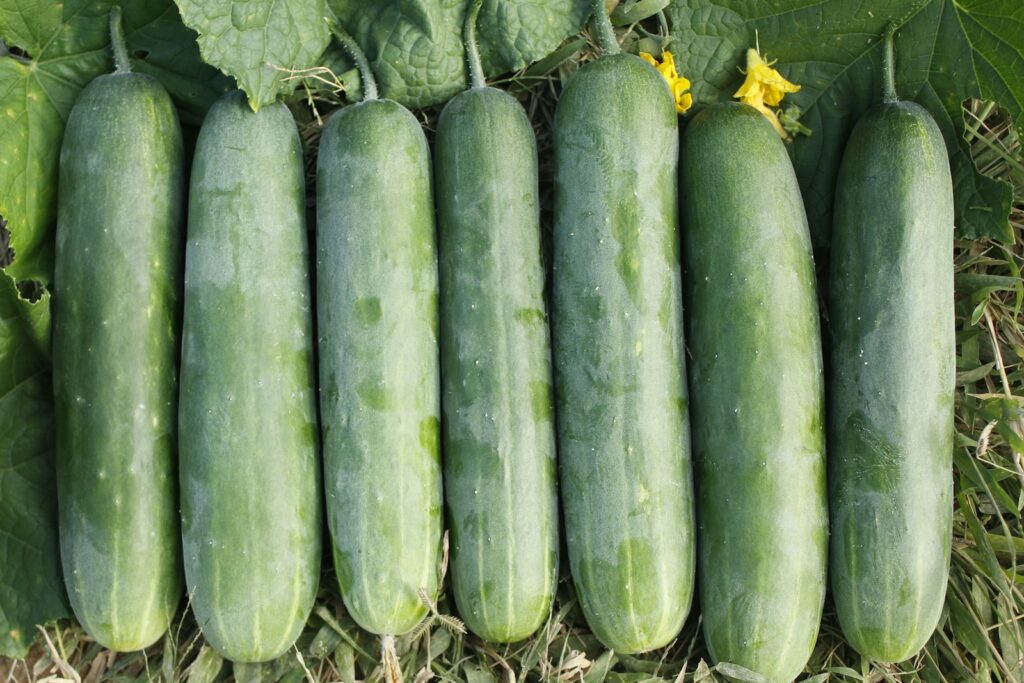
Cucumbers grow fast, so start seeds indoors about 3 to 4 weeks before your last frost. Use small pots with well-draining soil and keep the soil warm, around 70°F.
Once seedlings have a few leaves and the outdoor soil is warm, move them outside after the last frost. Make sure nights are mild before transplanting.
Be gentle when moving cucumbers so you don’t disturb their roots. Water well after transplanting.
Starting cucumbers indoors helps them grow stronger and can lead to a better summer harvest.
Lavender sprouts
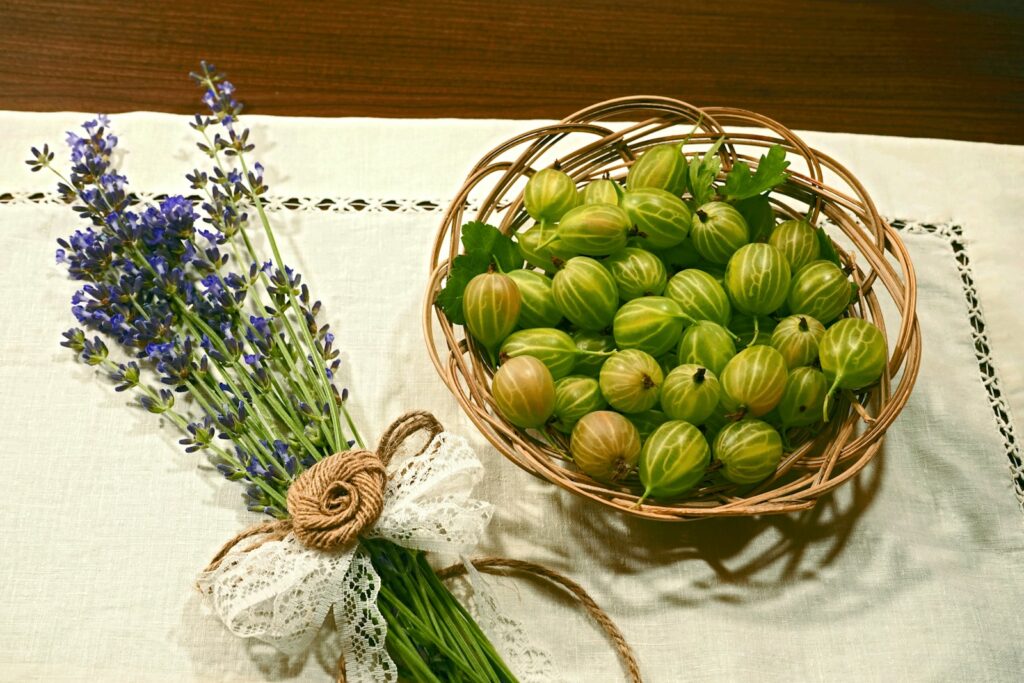
Lavender seeds can take a while to sprout, so starting them indoors now is a smart move. Use well-draining soil and keep the seeds in a sunny spot or under a grow light.
Keep the soil lightly moist and make sure there’s good air circulation. Thin out weaker sprouts so the strongest plants have room to grow.
When spring arrives, your lavender will be ready for outdoor life. Transplant into your garden or larger pots in a sunny spot for the best blooms.
Chili pepper plants
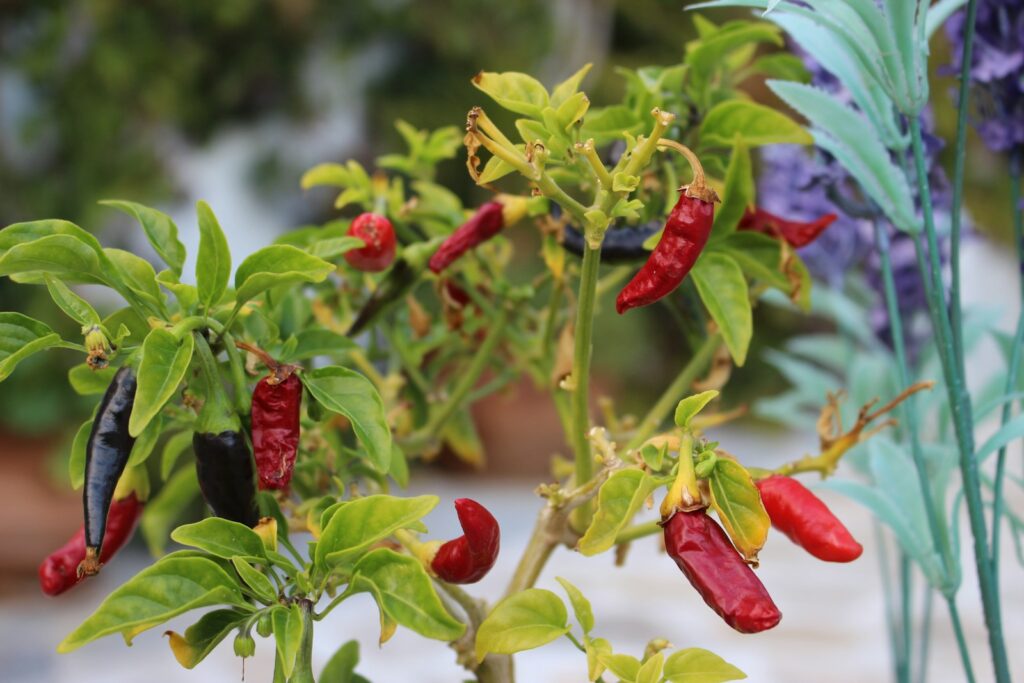
Chili peppers do well when started indoors, especially if you want an early harvest. They need warmth, light, and a bit of humidity.
Place them in a sunny window or under grow lights. Use well-draining soil and keep it moist but not soggy.
Once seedlings have a few sets of leaves, move them into bigger pots. Gradually introduce them to outdoor conditions before transplanting.
Growing peppers inside helps you avoid pests and cold snaps, giving you healthy plants when it’s time for spring planting.
Sunflower seedlings
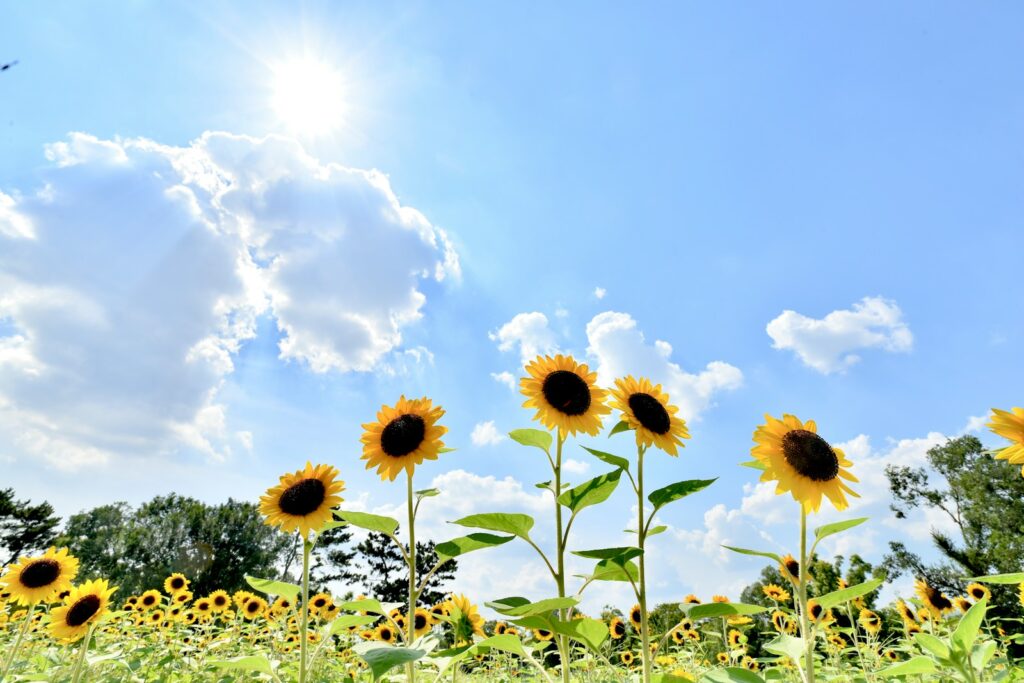
Sunflowers can be started indoors about four weeks before the last frost. Use seed trays or small pots with rich soil and keep the soil moist.
Transplant seedlings outside when the weather is warm and frost-free. Choose a sunny spot with well-drained soil.
Handle seedlings gently and keep soil around the roots when moving them. Water well after transplanting and keep an eye out for drooping leaves.
Starting sunflowers indoors protects young plants and sets you up for tall, healthy blooms in summer.
Snapdragon flowers
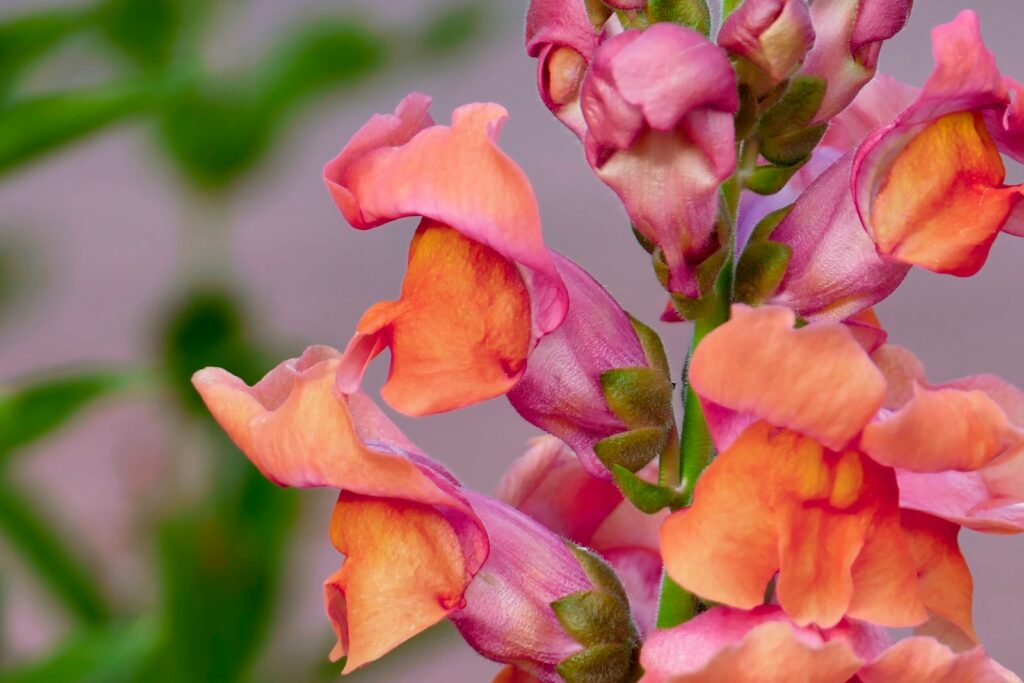
Snapdragons are a fun choice for early spring color. They like cooler temperatures and do well when started indoors.
Plant seeds in well-drained potting mix and press them lightly onto the surface. Keep the soil moist and place pots in a spot with moderate light and cool air, around 60-75°F.
Harden off your snapdragons by gradually moving them outside. Snapdragons can handle some light frost and will reward you with tall, colorful blooms.
Indoor Starting Tips for Healthy Seedlings
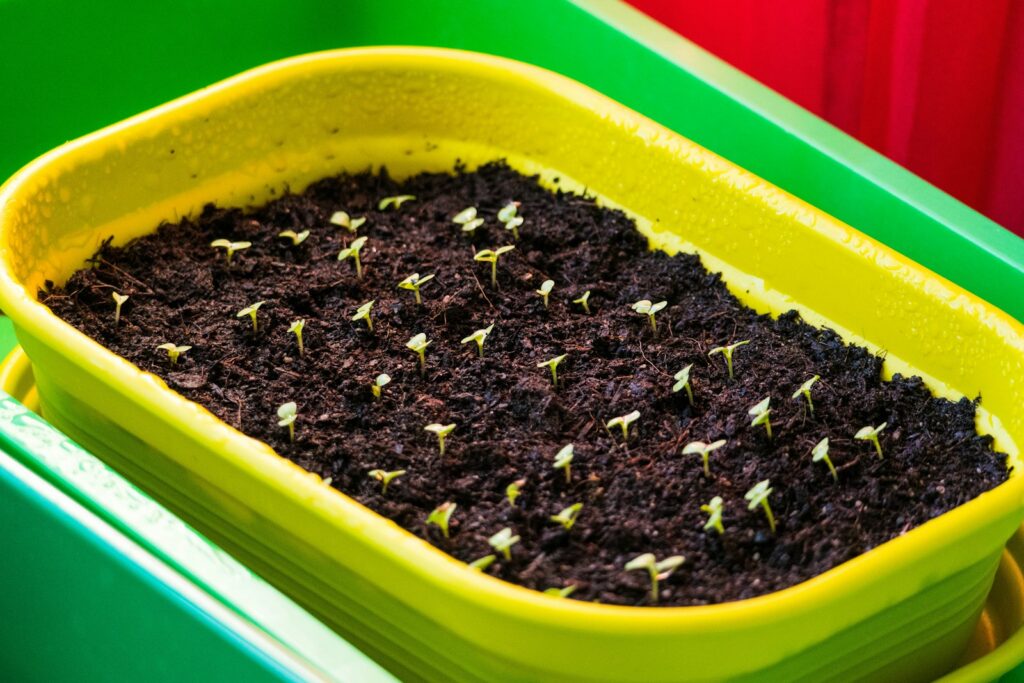
Getting your seedlings off to a good start indoors makes all the difference. The right containers, soil, and light set your plants up for success.
Choosing the Right Containers and Soil
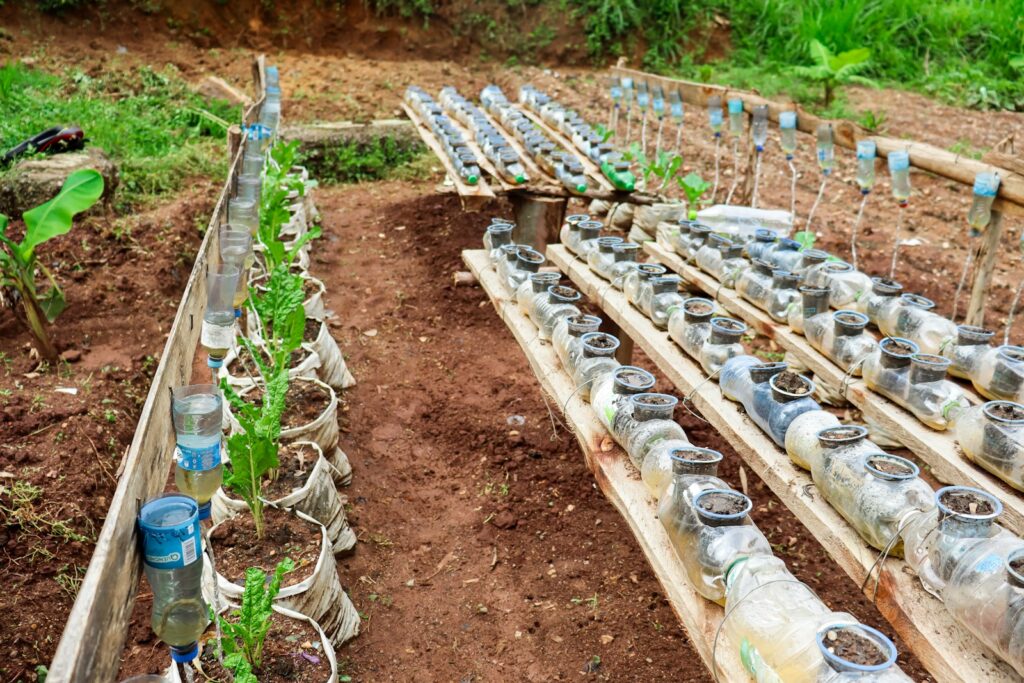
Pick containers with drainage holes to avoid soggy roots. Small pots, seed trays, or even clean yogurt cups work as long as water can escape.
Use a light, well-draining seed-starting mix instead of heavy garden soil. Fill containers with moist soil and press it down gently.
Label each container so you know what’s growing where.
Providing Proper Light and Temperature Control
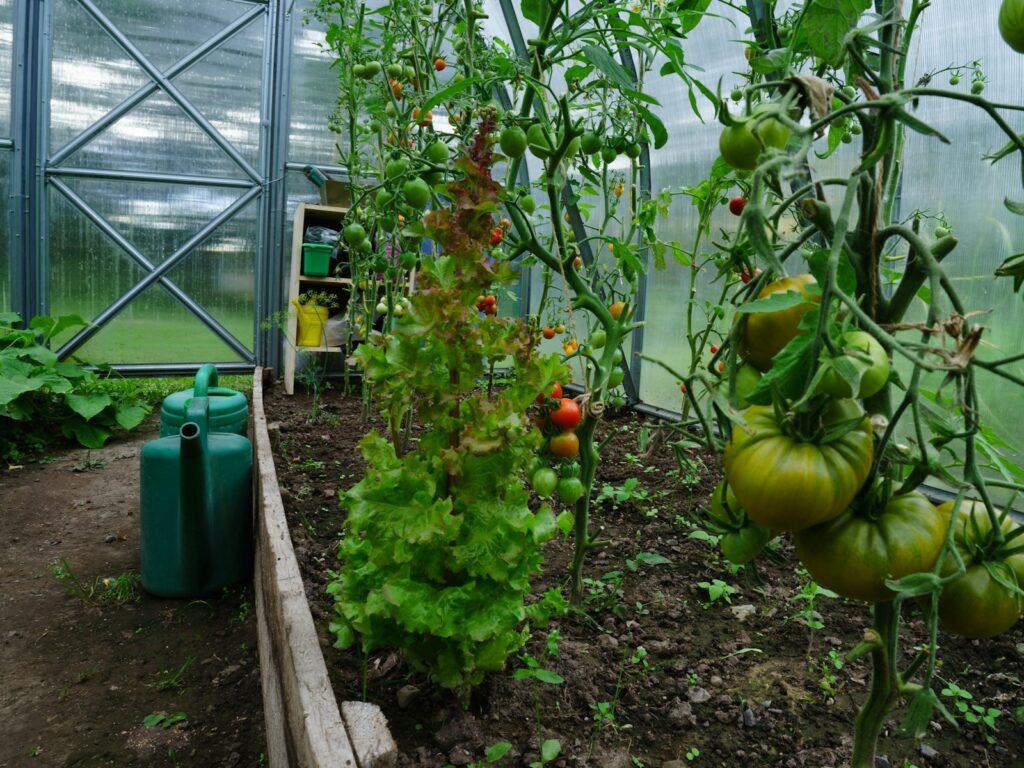
Most seedlings need 12 to 16 hours of light each day. Place them near a bright window or use grow lights if needed.
Keep soil temperatures between 65°F and 75°F for good sprouting. A heat mat can help if your home is chilly.
Let air circulate to prevent mold, but keep seedlings away from cold drafts. Adjust lights so they’re 2 to 4 inches above the plants to prevent leggy growth.
Best Practices for Transplanting Outdoors

Moving plants outside is a big step, so timing and preparation are important. Watch the weather and take your time to help your plants adjust.
Hardening Off Seedlings Safely
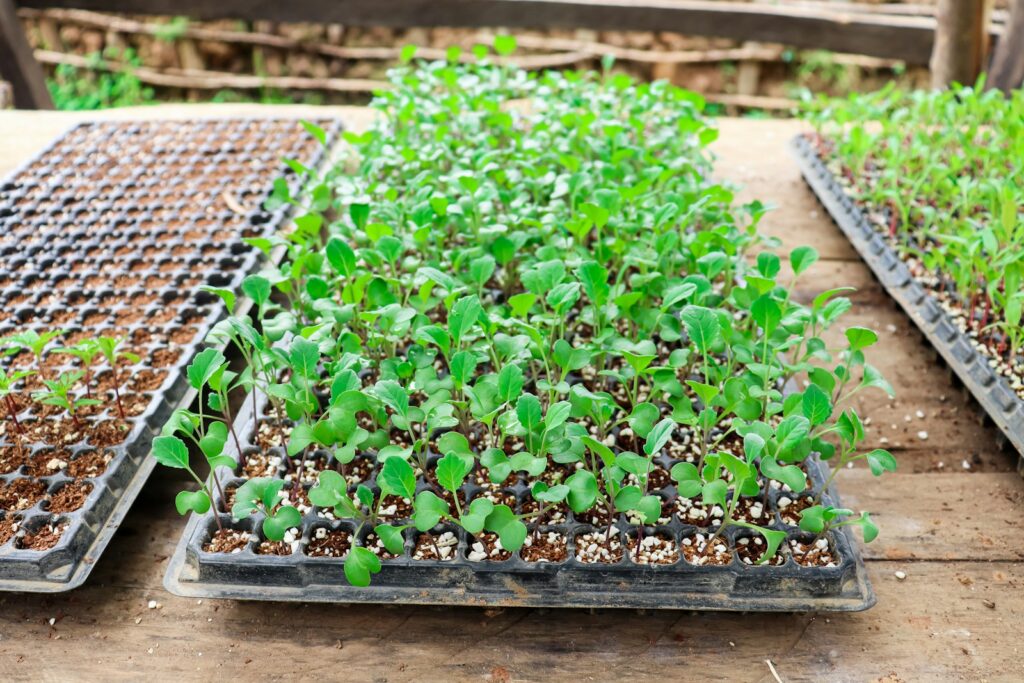
Before transplanting, harden off your seedlings over 7 to 10 days. Start by placing them in a shady spot outside for a few hours each day.
Gradually increase their time outdoors and introduce them to more sunlight. Avoid exposing them to strong wind or frost during this period.
Water as usual but don’t overdo it. After hardening off, your seedlings will be ready for their new home in the garden.
Timing the Move for Optimal Growth
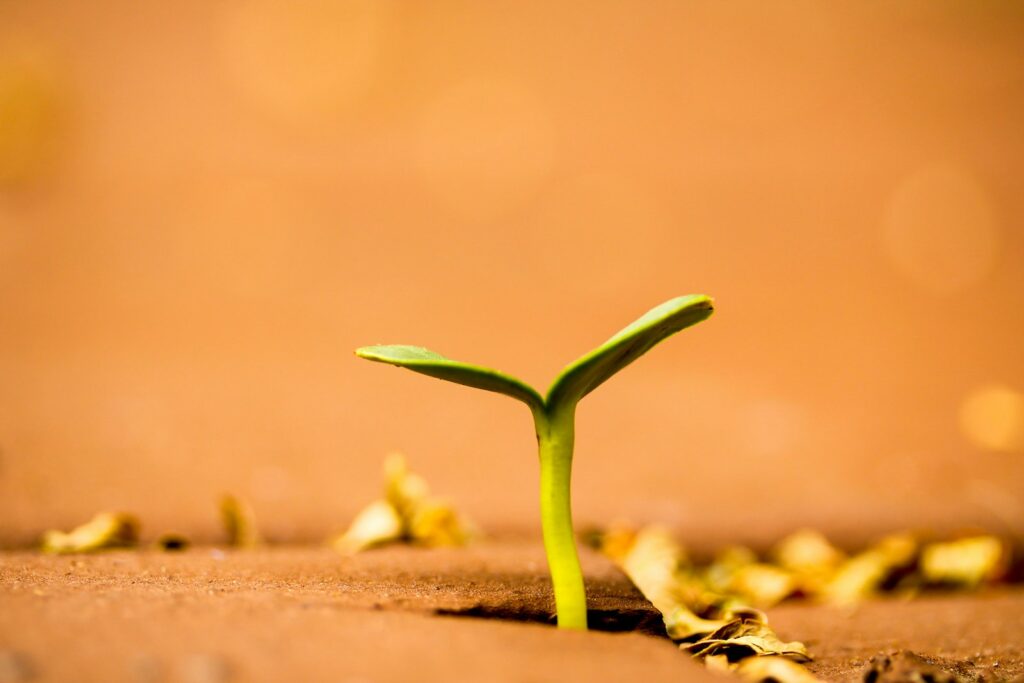
Knowing when to plant outside can make all the difference for your garden. Check your local last frost date so you do not risk losing plants to a surprise cold snap.
Pick a calm and mild day for moving your plants outdoors. Days that are too hot, windy, or rainy can make the transition much harder for your plants.
If you are starting seeds indoors, plan to move them out in early spring. Give them about a week to adjust outside before planting so they settle in well.

